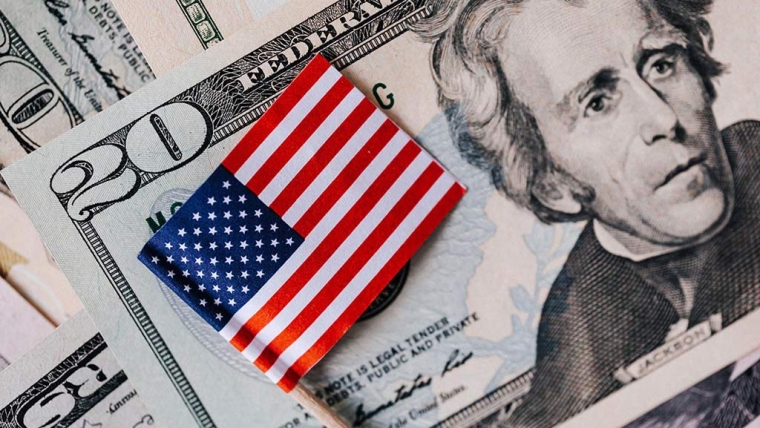It’s tempting. The market’s hot. Your investment’s value has doubled or tripled. Selling feels like winning. But watch closely: the truly wealthy? They don’t rush to sell. They hold, leverage, and reposition. Rarely do they liquidate what’s working for them.
Their secret isn’t luck. It’s a strategy.
Selling Breaks the Machine
Great assets are more than just investments, they’re compounding machines. Selling them doesn’t just cash out profits; it stops the entire momentum.
Why give up:
- Ongoing appreciation that quietly builds over time
- Compounding growth that multiplies returns while you sleep
- Passive income streams, dividends, rents, royalties, that don’t require daily effort
Selling might fatten your bank account today, but it can starve your future.
Leverage Is The Real Power Move
Instead of selling, the wealthy borrow against their best assets. It’s a silent move, no market ripples, no public fanfare, but it’s powerful.
With asset-backed lending, they:
- Unlock liquidity without triggering taxes
- Keep compounding returns working in the background
- Maintain ownership and control
It’s access to cash without surrendering growth. They stay in the game while quietly collecting cash to fund their next opportunity.
The Cost of Selling is Bigger Than You Think
Selling sounds clean: cash in hand, move on. But behind that sale lurk taxes, capital gains, depreciation recapture, and exit penalties. Even worse, there’s opportunity cost: what would that asset be worth in five more years?
Once you sell, you lose not only the asset but the hidden future it was carrying.
Hold, Borrow, Repeat
It’s not about hoarding, it’s about being smart. The wealthy don’t get rich by liquidating their best performers. They get rich by letting time and leverage do the heavy lifting.
Hold onto the assets that grow. Borrow against them when needed. Reinvest carefully. Repeat.
Conclusion
Selling is simple. Building real wealth takes patience, strategy, and a willingness to let compounding work its magic.
When you see the wealthy hanging onto their best assets, it’s not stubbornness; it’s discipline.
Sometimes, the best move is not moving at all.



